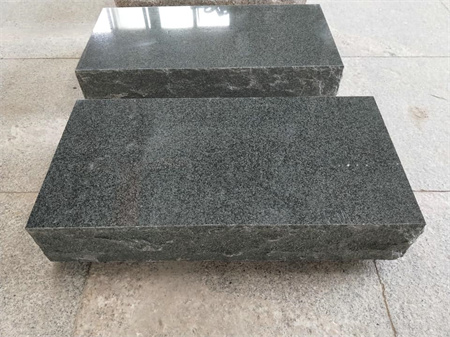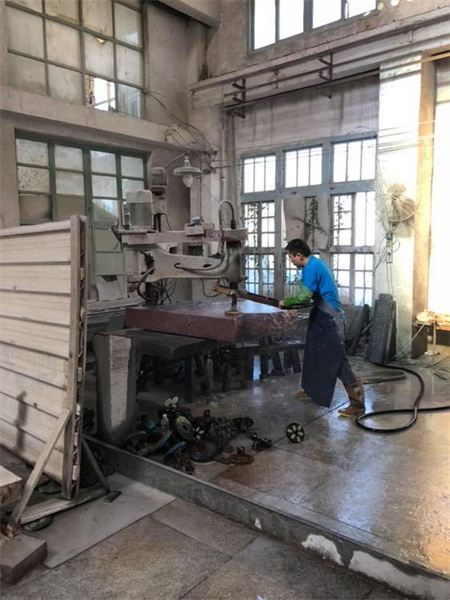Tombstone Import Guidelines for Distributors

Title: Tombstone Import Guidelines for Distributors

When importing tombstones, one of the primary considerations is compliance with local regulations. Different countries have specific standards for the importation of monuments, often governed by national laws related to the preservation of cultural heritage, environmental protection, and safety. In the United States, for example, it is important to be aware of the U.S. Customs and Border Protection (CBP) regulations, which may require specific documentation, including proof of the product’s origin and its adherence to international trade laws. Similarly, countries in the European Union have their own set of import guidelines, which can vary slightly depending on the type of materials used in the tombstone, such as granite, marble, or other stone types.

When importing tombstones, it’s also essential to take into account the local preferences and cultural practices of the target market. Different regions may have specific styles, shapes, and engravings that are more popular than others. For instance, in some European countries, classic designs with intricate carvings are preferred, while in others, simplicity and elegance may be valued more. Understanding these nuances can help distributors cater to the local tastes and offer products that resonate with the community’s traditions.

By keeping these guidelines in mind, distributors can streamline the import process, ensuring that their customers receive high-quality tombstones that meet both local regulations and cultural expectations. Whether you are importing for a specific region or catering to a diverse customer base, a solid understanding of the import process will help ensure the success of your business in the tombstone industry.